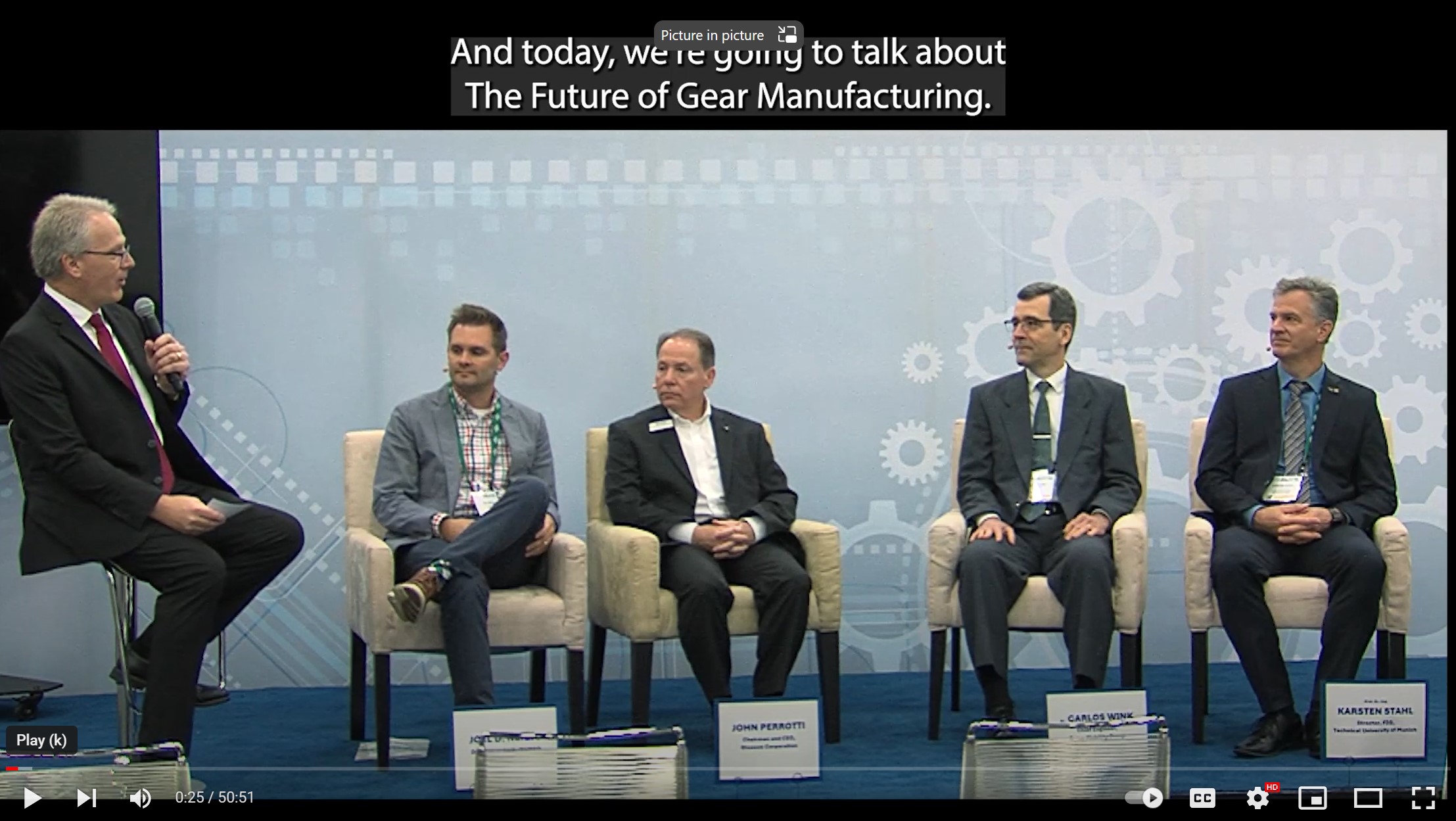CC-Link Utilizes Communication Network to Increase Sustainability

The industrial communications networks of the future incorporate enabling technologies that are designed to support digital manufacturing strategies, helping companies optimize and intensify their processes. In addition to driving up profitability, they can also greatly contribute to reducing the environmental impact of shop floor operations. A key example of one such technology is CC-Link IE TSN, which uses Time-Sensitive Networking (TSN) to transition towards convergent architectures for data sharing.
Network simplification reduces BoM
Perhaps the most obvious result of leveraging a convergent architecture for industrial communications is simplification, as all nodes are part of a single network rather than multiple dedicated systems. In effect, CC-Link IE TSN merges data sharing for operational technology (OT), such as control and safety communications, with higher enterprise-level information technology (IT) structures.
By creating automation solutions that utilize this simplified setup, machine builders can decrease the number of components required to create a factory where all application levels are interconnected. Consequently, a facility’s Bill of Materials (BoM) is reduced, which ultimately leads to decreased material usage. Fewer parts and less materials, in turn, lower the infrastructure-related environmental impact of the factory and its products.
Convergence advances process control
A convergence enabling network technology, such as CC-Link IE TSN, also plays a key role in helping manufacturers gain a unique understanding of shop floor operations. Automation specialists should therefore create setups that can generate large volumes of highly visible and accessible data while also making it available for processing by IT- and OT-based systems. By doing so, they can deliver solutions that help users obtain holistic overviews and accurate predictions, e.g., end product quality forecasts.
By shedding light on the running processes, it is possible for customers to gain actionable insights on how to eliminate inefficiencies and increase productivity. Thanks to automated feedback and feedforward mechanisms, the operating conditions can be adjusted on-the-fly in line with the results obtained. This makes it possible to reduce cycle times, energy and resource utilization, all aspects which are crucial to minimizing the environmental impact of manufacturing activities.
Innovative technologies for continuous improvement
CC-Link IE TSN can help machine builders incorporate the latest technologies into their projects, enhancing their offering to customers and competitiveness in the marketplace. For example, this network technology supports the creation of highly accurate digital twins and cyber-physical systems (CPSs) to optimize process efficiency as well as productivity. Ultimately, businesses can effectively increase the sustainability of their operations in a highly profitable, futureproof manner.





